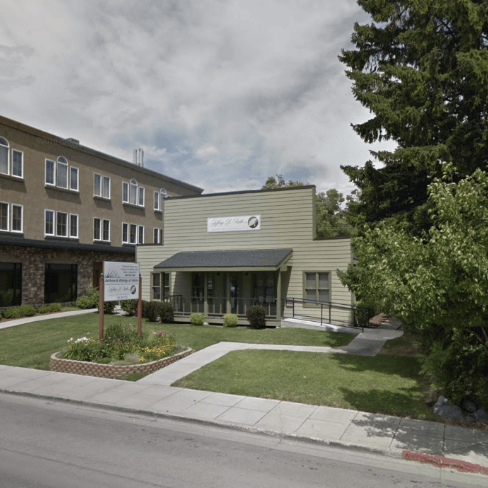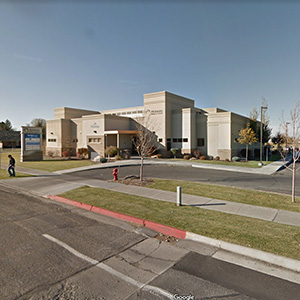(Urticaria)
Likely the most distressing problem Allergy/Immunologists and Dermatologists see in their patients, is hives or urticaria. In most people hives are self-limited, only lasting a few weeks. In these self-limited cases, a theory is that the hives might be caused by a virus.
The definition of Urticaria or hives is that it is a rash with the following characteristics: they are red to pink in color, their shape varies from small bumps to blotchy or streaky areas, they are very itchy, and they appear and disappear, they do so without a trace. Hives can sometimes be accompanied by swelling of areas of the body, such as the lips, tongue, and hands – a condition called Angioedema. The information below pertains to both hives and Angioedema.
Hives can occur as an allergic reaction to a variety of things (foods, insect stings, and medications – especially aspirin or Motrin-type drugs). In this case, the patients usually figure out the association by themselves, and never bother coming to a specialist’s office. When hives are caused by an allergic reaction to a substance, they usually break out within one hour of the exposure. The hives usually occur each time the person is exposed to a particular substance.
Most often, however, we see people that have chronic urticaria or hives, defined as hives lasting longer than 6 weeks. This is a much more vexing problem for both the patient and the doctor. Patients like this come in miserable and worried with this problem, often having seen multiple specialists. Neither the patient nor the doctor can determine the cause of the hives. Patients will often say, “it has got to be something causing these hives.” The truth is hard to accept for some patients.
In the overwhelming majority of cases it is not “something” causing the chronic hives, it is “nothing.” That is, in about 95% of chronic hives cases, the hives are “idiopathic” (a medical term that means there is no discernible cause). Because of the 5% of cases with a cause, it is worthwhile to see a physician to determine if any underlying disease is present (e.g. thyroid problems, liver problems, skin disease, sinusitis) or if there is an allergic cause (i.e. a reaction to a drug, insect, food, etc.). This can be accomplished with a good history and physical, as well as a few blood and urine tests.
In about half of patients with chronic idiopathic hives, the explanation is that body’s immune system is, in a sense, overactive. The urticaria represents an “autoimmune” phenomenon – the immune system (which is charged with fighting off infection) is attacking the normal tissue of the body and causing inflammation. Even though we know certain hive sufferers have an autoimmune problem causing their rash, there is not presently a specific treatment for them besides the usual medication for Urticaria. In the other half of patients whose chronic hives are not autoimmune in nature, medical science has no idea what is causing their misery.
So, in the great majority of patients with chronic hives, there is really no exposure (drug, food, insect, chemical) to blame for the urticaria. The patient must understand and accept this for their ideal management. Basically, all that needs to be done is treat the hives. The main treatment of hives is antihistamines, and they will work if they are used properly. Common reasons for lack of effectiveness of antihistamines are 1) the particular antihistamine used is not strong enough, 2) the antihistamine is not used in a high enough dose, 3) the antihistamines are not continued for a long enough period.
Most allergists prefer to try the new non-sedating antihistamines first. If that doesn’t eliminate the hives, some doctors will either increase the dose, or add another sedating type of antihistamine at night. It is important that high doses are tried before adding unproven medications to the regimen. If that doesn’t work, some doctors may try a short course of cortisone/steroid-type pills to clear the hives completely. Then the patient can maintain the effect with the much safer antihistamines, since steroids have significant side effects if used long term. One important issue for patients taking strong antihistamines at high doses is sedation. Fortunately, most patients will become less affected by sedation after they have taken the drug regularly for a while.
There are other medications that may be added to the antihistamines, but these are non-standard therapies. That is, there is not a lot of good scientific information supporting their use. However, if the hives are not responding to high doses of antihistamines, most allergist will consider trying them.
The important thing is that the patient is given enough medication (antihistamines, perhaps in conjunction with other drugs) to suppress the hives. Whatever amount and type medication works, experts say that patients with chronic hives should remain on that particular regimen, taking the drugs every day, whether or not they have the hives on any given day. The idea is that you are preventing the hives from breaking out. Some doctors suggest that medications should be continued for long periods- perhaps even a month after the hives have disappeared. Again, the exception to this are, the cortisone-steroid-type medications, which should only be used for short periods initially to quiet down the urticaria.
There is some good news for patients with hives. The statistics are that more than 50% of cases of hives will be spontaneously resolved in about 6 months. More and more patients resolve with time, so that by a few years, most patients are cured.
In summary, the great majority of cases of chronic hives (urticaria) have no cause. If you suffer with hives or chronic urticaria make an appointment to see one of our allergists. Your physician will get a good history and physical exam along with a few blood and urine tests (and possibly some allergy tests). If no cause is found, you must work closely with the physician to find a medication regimen that suppresses the hives until they resolve on their own.










